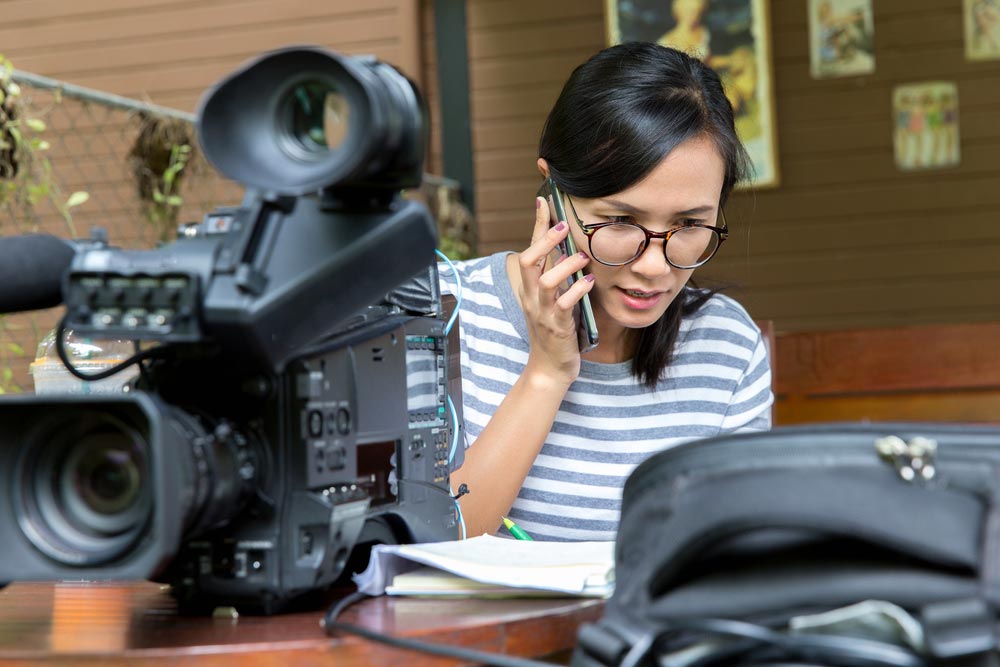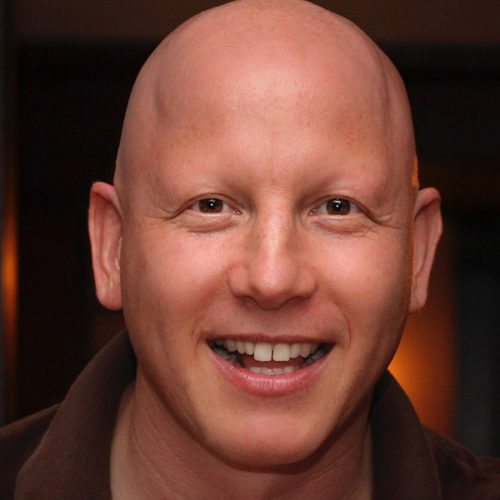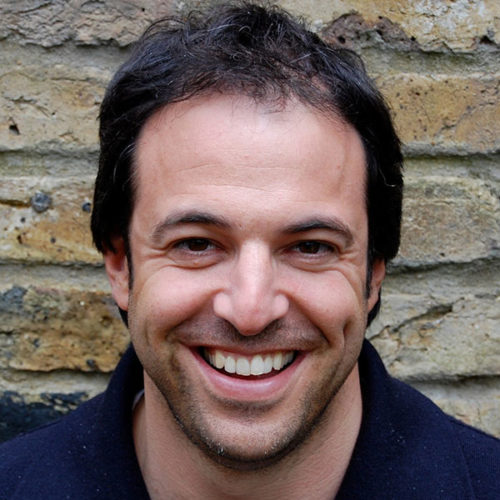Simon Chinn
Simon Chinn is a double Academy Award-winning Producer who has been responsible for some of the most successful feature documentaries of recent years, known for their high production values, powerful narratives and innovative blending of documentary and fiction techniques.
Simon conceived and produced Man on Wire, directed by James Marsh, which won over thirty international awards, including the Academy Award for Best Documentary Feature, the BAFTA for Outstanding British Film, the Producers Guild of America (PGA) Award, and the Sundance Grand Jury Prize and was named by The London Observer as one of the best British films of the past 25 years. It was released theatrically in over 25 territories around the world in 2008/9 and became one of the highest-grossing documentaries of recent years.
His follow-up film, Project Nim, also directed by James Marsh, opened the Sundance Film Festival where it won the World Cinema Documentary Directing award. It was released theatrically around the world to great critical acclaim and won the Directors Guild of America’s (DGA) Award, was nominated for a BAFTA and a PGA Award and shortlisted for an Academy Award.
Simon launched three new films in 2012: Searching for Sugar Man, The Imposter, and Everything or Nothing–a feature documentary directed by Stevan Riley for MGM and Sony Pictures to mark fifty years of the Bond film franchise.
Searching for Sugar Man, directed by first-time filmmaker Malik Bendjelloul, opened the Sundance Film Festival where it won the World Cinema Documentary Special Jury and Audience Awards and was the very first acquisition of the festival–by Sony Pictures Classics. It was released in North America in the summer of 2012 where it played in theatres for over nine months and has grossed over $3.5M. It is being rolled out around the world with considerable box office success and has revived the career of its subject, Sixto Rodriguez, who is in the midst of a sell-out world tour. The film went on to win more than thirty international awards including the PGA, DGA and WGA awards, the BAFTA, and the Academy Award for best documentary.
The Imposter, which was also launched at Sundance in 2012, won the Grand Jury Prize at the Miami Film Festival, best documentary at the Zurich Film Festival, the Filmmaker Award at Hotdocs, two British Independent Film Awards, was shortlisted for an Academy Award and won the BAFTA for best debut for its director Bart Layton. It was released in the UK by Revolver and Picturehouse and grossed $1.8M, becoming the eighth highest-grossing (non-concert) documentary of all time in the UK.
Simon currently has a slate of projects in development and production, including The Green Prince, directed by Nadav Schirman, a feature documentary telling the extraordinary story of the son of one of the founders of Hamas who was turned informant by Israel’s notorious Shin Bet. He also has a small slate of television drama mini-series, one of which James Marsh is attached to direct.
Prior to forming Red Box Films, Simon had a successful career producing documentaries and drama for television. Credits include: Smith, Mugabe and the Union Jack (BBC2), War in Europe (Channel 4/PBS Frontline), Invading Iraq (Channel 4/PBS Frontline), America Beyond the Colour Line (PBS/BBC) and the groundbreaking dramatized documentary Smallpox 2002 (BBC/FX). He also co-produced the landmark Channel 4 drama The Government Inspector, written and directed by Peter Kosminsky and starring Mark Rylance as the late UN weapons inspector Dr David Kelly. That film won three BAFTA television awards including best single drama.


